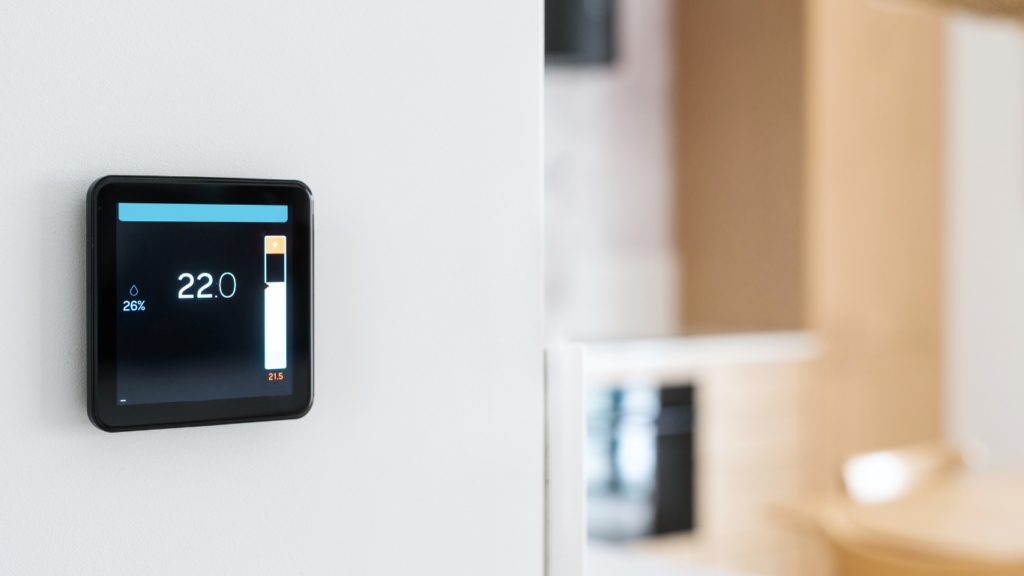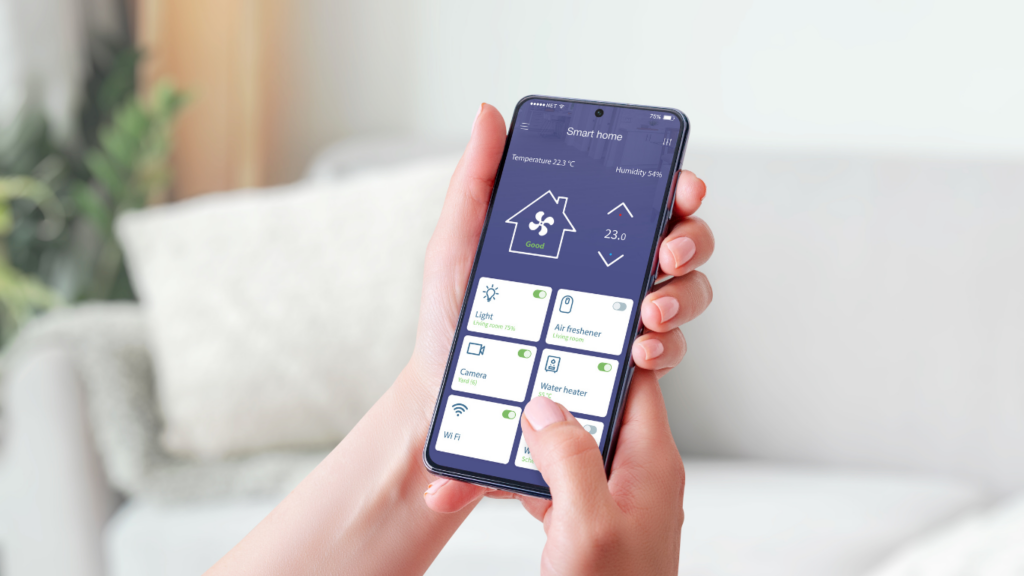Understanding Smart Home Ecosystems
A well-integrated smart home doesn’t just happen; it involves setting up a cohesive ecosystem where various devices communicate effectively.
Key Components
Critical elements of a smart home ecosystem ensure functionality and compatibility:
- Smart Devices: Devices like smart lights, thermostats, and locks. For example, Philips Hue lights can be controlled via a mobile app.
- Connectivity Protocols: Technologies like Wi-Fi, Zigbee, and Z-Wave. These ensure devices can communicate.
- Smart Applications: Apps that allow users to manage devices remotely. The Google Home app integrates lights, cameras, and speakers.
- Voice Assistants: Assistants like Amazon Alexa, Google Assistant, and Apple’s Siri. They enable voice commands to control devices.
- Security Systems: Smart cameras and alarms. Systems like Ring Alarm offer comprehensive home security.
Popular Smart Home Hubs
Smart home hubs centralize control, ensuring all devices work together smoothly:
- Amazon Echo: Nodes with Alexa. It can control lights, play music, and provide weather updates.
- Google Nest Hub: A hub with Google Assistant. It integrates with thermostats, cameras, and other smart devices.
- Apple HomePod: Integrates with Apple’s HomeKit. It focuses on security and privacy.
- Samsung SmartThings Hub: Supports a wide range of devices and protocols. It offers extensive automation options.
Understanding these components and selecting compatible devices is key to creating a seamless smart home experience.
Choosing the Right Devices
Selecting the proper devices is essential for a cohesive smart home ecosystem. All devices should interact smoothly for an efficient, interconnected experience.
Compatibility Considerations
All devices must be compatible with your chosen smart home hub. Hubs like Amazon Echo, Google Nest Hub, and Apple HomePod support specific protocols. Verify device compatibility to avoid integration issues. Some devices use Zigbee, Z-Wave, or Wi-Fi protocols. Choose devices that work with your hub’s protocol to ensure seamless communication.
User-Friendly Interfaces
Prioritize devices with intuitive interfaces. User-friendly interfaces simplify setup and daily use. Look for well-rated apps and clear instructions. Voice control is a significant feature. Devices compatible with voice assistants like Alexa, Google Assistant, and Siri enhance usability. Ensure the interface meets your needs for ease of control.
Setting Up Your Smart Home

Setting up a smart home involves several careful steps to ensure devices work together seamlessly. Follow these best practices for a streamlined process.
Mapping Out Your Home Automation Plan
Start by identifying which areas of your home will benefit most from automation. Create a detailed list of desired smart devices (e.g., smart lights, thermostats, security cameras). Ensure compatibility of these devices with your chosen smart home hub. Prioritize areas like the living room and kitchen for shared family use. Use a floor plan to map device placement. This visual representation helps in planning coverage and reducing overlap.
Installing and Pairing Devices
Begin installation with central devices like smart hubs and routers. Follow manufacturer’s instructions for each device. Connect each device to the network and verify functioning before moving to the next one. Use manufacturer apps to pair devices with the smart hub. Ensure firmware updates are completed during setup. Group devices logically (e.g., living room lights, bedroom thermostats) within the app for easier control. Test voice commands with assistants like Alexa and Google Assistant to confirm correct setup.
By methodically setting up and pairing devices, I achieve a cohesive and efficient smart home network.
Enhancing Connectivity and Performance
A seamless smart home requires strong connectivity and optimal performance. Focus on these key areas to ensure your smart devices function efficiently.
Optimizing Wi-Fi Network
Ensure your Wi-Fi network covers all areas where smart devices are installed. Position the router centrally and use range extenders if needed. Use a dual-band or tri-band router to handle multiple devices without interference. Smart devices operate best on a stable and secure network; use WPA3 encryption to secure your Wi-Fi.
Integrating Voice Assistants
Voice assistants like Alexa, Google Assistant, and Siri should be integrated properly for automated control. Sync all smart devices to your voice assistant platform. Group devices logically, such as creating a “Living Room” group for all devices in that space. Test commands to make sure they trigger the intended actions accurately and promptly. Utilize routines to streamline multiple actions into a single voice command, enhancing the user experience.
Ensuring Security and Privacy
In a smart home ecosystem, ensuring robust security and privacy measures is paramount. Implementing best practices can help protect devices and personal information.
Best Practices for Smart Home Security
Using strong, unique passwords for each device can significantly enhance security. Many cyber-attacks exploit weak passwords, so I recommend using a password manager to generate and store complex passwords. Two-factor authentication is another essential feature, adding an extra layer of security by requiring a second form of verification.
Regularly updating device firmware is critical. Manufacturers often release updates to address vulnerabilities; keeping devices updated minimizes the risk of exploitation. Securing the home network with a strong, encrypted Wi-Fi password can prevent unauthorized access.
Disabling unused features and services on devices reduces attack vectors. For example, if a smart thermostat offers remote access, disable it when not needed. Monitoring network traffic with a dedicated firewall or network security system provides real-time alerts for suspicious activities.
Managing Data Privacy
Reviewing privacy settings on each smart device ensures that only necessary data is shared. Many devices collect more data than required, so I advise customizing these settings to limit data collection. Disabling unnecessary data sharing features, like location tracking, further protects personal information.
Encrypting stored data and communications between devices enhances privacy. Using end-to-end encryption ensures that data remains protected from eavesdroppers. Selecting devices from reputable manufacturers known for their privacy practices and clear data use policies can also mitigate privacy risks.
Regularly purging stored data from devices is another effective practice. Many smart home devices offer options to delete usage history, settings, and other stored data, which can be beneficial in preventing data accumulation. Implementing these strategies contributes to a more secure and private smart home environment.
Maintaining and Troubleshooting
Proper maintenance and troubleshooting ensure that your smart home operates efficiently and reliably.
Regular Maintenance Tips
- Schedule Routine Updates: Regularly check and update the firmware of smart devices. This enhances security and fixes bugs.
- Clean Devices: Dust and dirt can interfere with sensors. Clean devices monthly to maintain functionality.
- Check Connections: Periodically review that all devices are connected and communicating properly. This prevents network disruptions.
- Test Security Systems: Monthly testing of security systems like cameras and alarms ensures they work when needed most.
- Backup Data: Regularly back up data from smart devices. This maintains a record in case of device failure.
Common Issues and Fixes
- Connectivity Problems: Interferences or range barriers often cause connectivity issues. Position hubs centrally and use range extenders for large homes.
- Device Malfunctions: Rebooting a malfunctioning device often resolves issues. If not, performing a factory reset may help.
- Voice Command Errors: Ensure voice assistants understand commands. Review and customize command phrases to improve accuracy.
- App Crashes: Update smart home apps regularly to avoid crashes. Reinstall them if issues persist.
- Incompatibility: Always verify device compatibility before integration. Check manufacturer guidelines to ensure seamless operation.





